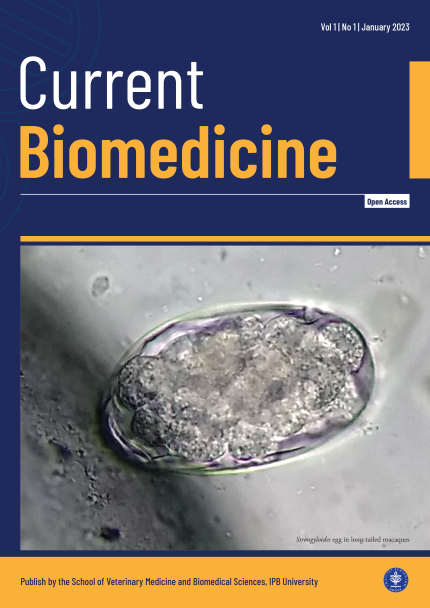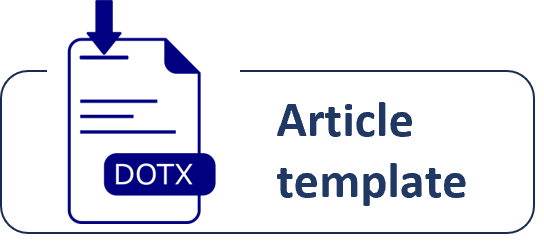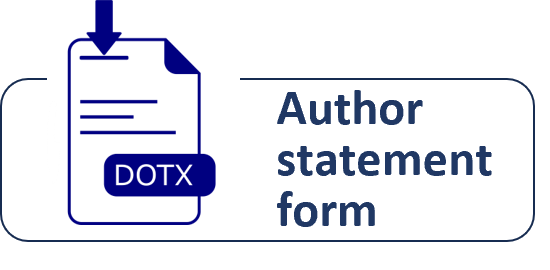Wound healing of skin incision using topical balsamum peruvianum after myocardium infarction surgery in domestic swine (Sus scrofa domestica)
Abstract
Background: Swine are ideal animal models used for human health and disease research in humans because they have similar anatomy and physiology, one of which is regarding wound healing. Objective: This study aims to determine the effectiveness of balsamum peruvianum on wound healing after myocardial infarction surgery in domestic pigs (Sus scrofa domestica). Methods: The study used five pigs aged 4–5 months, three male and two female. The incision was made using electrocautery in the lateral part of the third and fourth thoracic intercostal spaces, lengthwise from dorsal to ventral. The wound was sutured using Monosyn® 4.0 thread with a subcuticular/intradermal suture pattern. The wound was then given 10% iodine and 10% balsamum peruvianum over the entire surface of the wound twice a day. Recovery was observed on 1st, 4th, 7th, 11th, and 14th days and was scored (grade: 1–4) on macroscopic examination in each pig until day 18th. Results: The observations showed a significant difference in recovery scores on the 11th and 18th days compared to the first day. Conclusion: Topical balsamum peruvianum can be used and is effective for wound healing of skin incisions after myocardial infarction surgery in swine.
This journal is published under a Creative Commons Attribution (CC BY 4.0) International License. This license enables reusers to distribute, remix, adapt, and build upon the material in any medium or format, so long as attribution is given to the creator.










